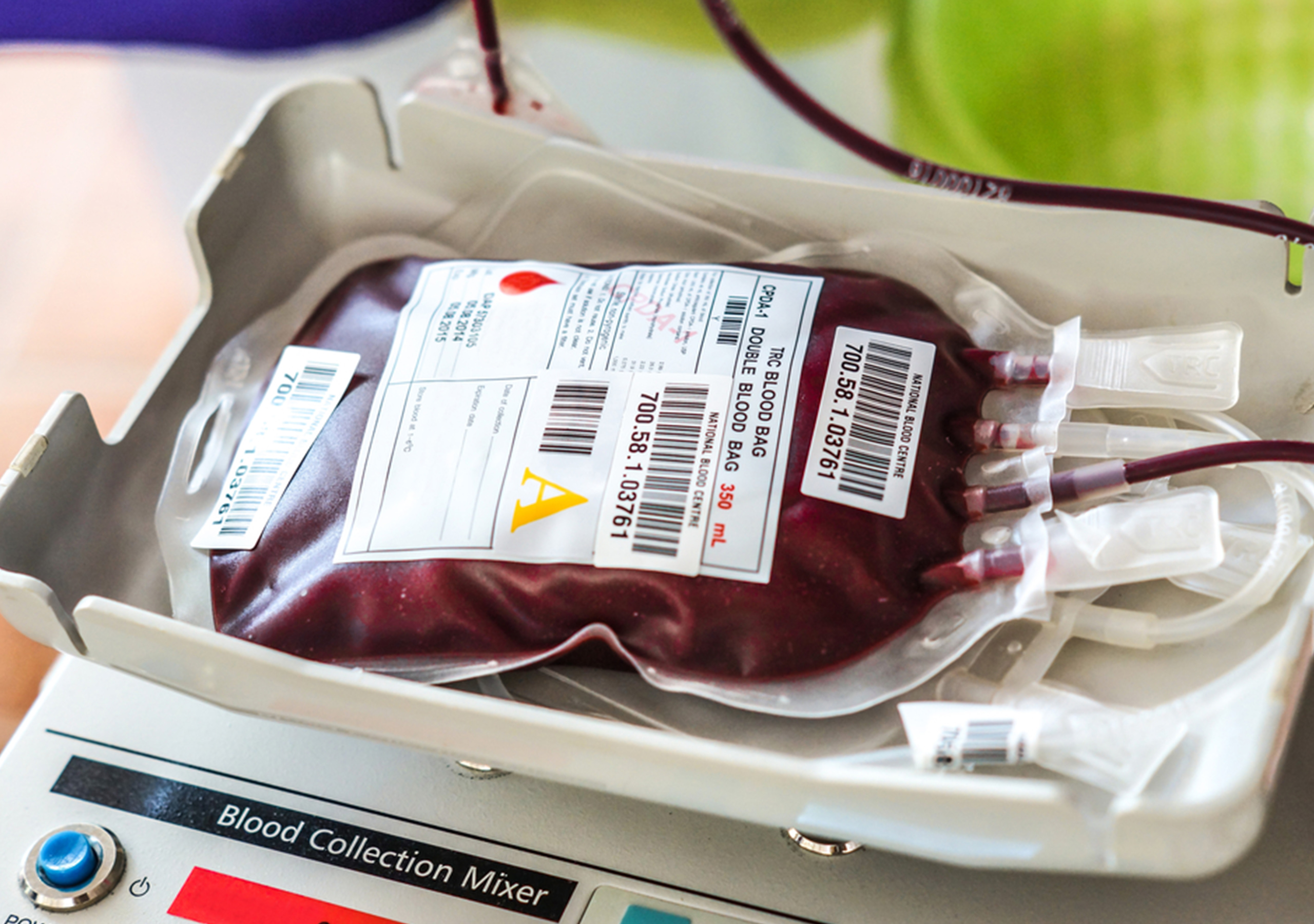
Eric Tesdahl, PhD
Senior Biostatistician
January 26, 2017
Earlier this week, I had the opportuniy to attend the 53rd Annual Meeting of The Society of Thoracic Surgeons in Houston. As expected, it was a very good conference that offered a great deal of useful information. I was especially interested in the sessions on the STS database, rich discussions on research methods, and evolving standards for the study of quality improvement in healthcare.
My primary purpose for attending, however, was to highlight SpecialtyCare’s original perfusion research, The Influence of Ultrafiltration on Red Blood Cell Transfusion during Cardiopulmonary Bypass. Ultrafiltration during cardiopulmonary bypass (CPB) is used to reduce fluid overload and inflammatory mediators associated with open heart surgery.
Ultrafiltration is also thought to reduce morbidity and the risk of red blood cell (RBC) transfusion, however very few studies have examined the relationship between ultrafiltration and overall risk of intraoperative RBC transfusion. Using data from the SpecialtyCare Operative Procedural Registry (SCOPE™), our study looked at a population of nearly 98,000 adults undergoing cardiac surgery at 197 hospitals to evaluate the effects of ultrafiltration volume (UV) removed during CPB on the relative risk of receiving an intraoperative RBC transfusion. Recognizing the findings of our own previous work, Gender Differences in Intraoperative Blood Transfusions, we were interested in testing potential differences between male and female patients in the effects of ultrafiltration.
We found key take away points from our findings. First, ultrafiltration use was associated with higher risk of RBC transfusion, no matter the amount of volume removed. Second, the effect of ultrafiltration on RBC transfusion risk differs by gender. For women, the risk of RBC transfusion is lowest at either no or very low ultrafiltration volumes, or relatively larger volumes in the neighborhood of 0.75 liters per meter-squared body surface area. One interpretation of these findings is that for those female patients who are in a position to receive ultrafiltration as a blood management strategy, there may be, from the perspective of transfusion risk, a minimum effective “dose” of ultrafiltration volume.
We recognize limitations to our study that are common to observational research, and certainly would caution against attributing a direct causal relationship between ultrafiltration and RBC transfusion. Despite these caveats, we feel that further review of the influence of ultrafiltration volume is warranted, as is the disparity in frequency of RBC transfusion by gender. Healthcare providers and researchers must continue to work together to minimize the need for RBC transfusions and lessen their impact on morbidity and other costs associated with the practice.
###
Visit our Resource Library for more original research on perfusion, intraoperative neuromonitoring, and related surgical services.
LEARN MORE ABOUT PERFUSION



Comments are closed.